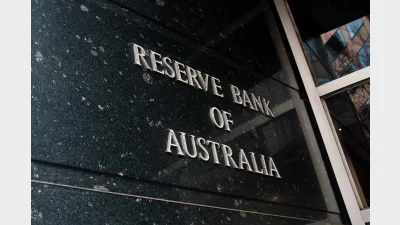Govt should repay early access super with one-off contribution



The Federal Government should look to offset the loss of an estimated $16.4 billion in lost superannuation guarantee contributions as a result of its hardship early access scheme by making a one-off contribution to the super accounts of those earning less than $39,837, according to the Australian Institution of Superannuation Trustees (AIST).
The AIST has called for the one-off contribution to early access low income earners as part of an updated pre-Budget submission filed with the Treasury this week.
As well, the industry funds body has called on the Government to increase the Government co-contribution rate and threshold and to remove the $450 superannuation threshold on paid parental leave.
In doing so, the AIST pointed to modelling it had commissioned from Mercer which found that the estimated impact of the early access retirement regime on retirement balances in today’s dollars is over $100.2 billion.
“This equates to $83.8 billion in lost investment earnings and an estimated $16.4 billion in lost superannuation guarantee contributions,” it said.
“Additional analysis by AIST of the cohorts of members that made an early release application shows that these lost retirement savings are not distributed evenly across the population. The burden of the COVID super gap will be borne by women, low paid workers and those in already insecure employment – those who can least afford it:
- Members that made an application for early release were already falling behind in retirement savings against those in the same age cohort who didn’t make an application;
- Members that made an early release application disproportionately represented members aged under 35, meaning increased loss of compound earnings; and
- Women withdrew more superannuation than men on average, accounting for a higher portion of their already lower balance.
“The loss of retirement savings for these Australians will be further compounded by the fact that those making early release applications have lost income and in many cases their jobs, and the superannuation guarantee payments they would have been receiving had they remained employed,” the submission said.
“Resultantly, the early access scheme, while providing some breathing space for government, has caused a devastating compounding of factors resulting in a COVID super gap for the lowest-paid working and most vulnerable Australians that they are unlikely to ever be able to recover from without targeted policy intervention.”
Recommended for you
The central bank has announced the official cash rate decision for its November monetary policy meeting.
Australia’s maturing superannuation system delivers higher balances, fewer duplicate accounts and growing female asset share, but gaps and adequacy challenges remain.
Global volatility and offshore exposure have driven super funds to build US-dollar liquidity buffers, a new BNY paper has found.
Less than two in five Australians are confident they will have sufficient assets to retire and almost three-quarters admit they need to pay greater attention to their balance, according to ART research.









